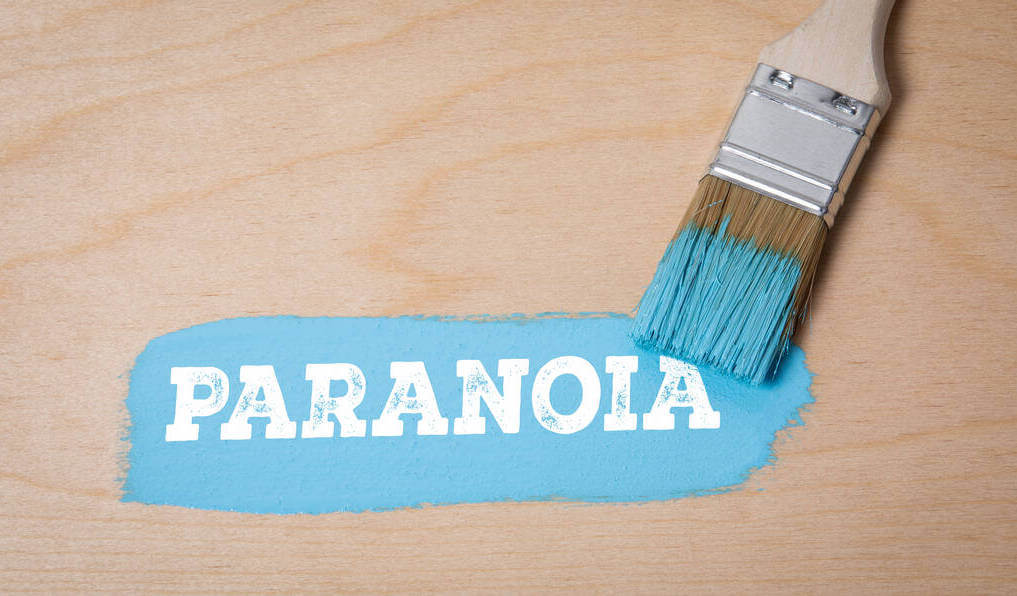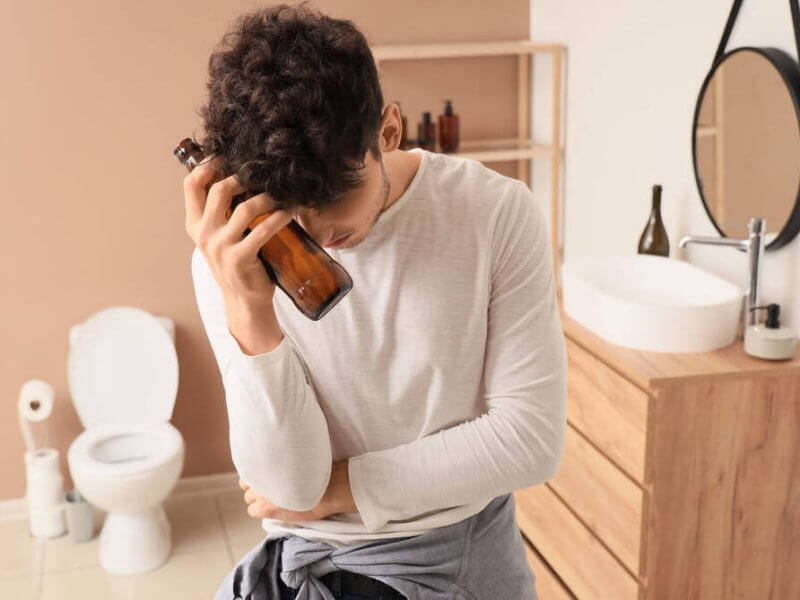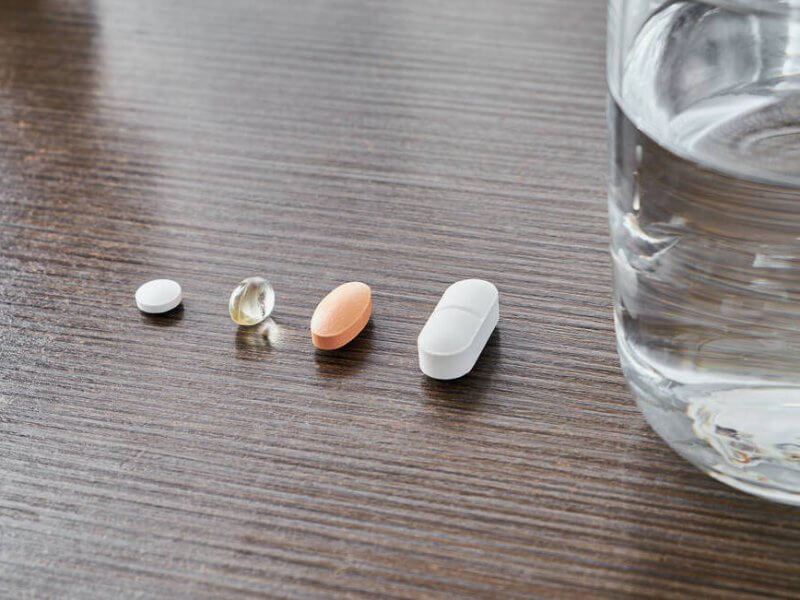120 total views
Introduction to Modafinil
Modafinil, often branded as Provigil, is a prescription medication primarily used to treat sleep disorders such as narcolepsy, shift work sleep disorder, and sleep apnea-related fatigue. Known as a “wakefulness-promoting agent,” it has also gained popularity among students, professionals, and even military personnel for its cognitive-enhancing properties.
While Modafinil has been praised for boosting alertness and focus, concerns about its psychiatric side effects have also surfaced. One of the most discussed questions is: Can Modafinil cause paranoia?
How Modafinil Works in the Brain
To understand the potential connection between Modafinil and paranoia, we first need to explore its neurological effects.
Neurochemical Pathways Affected
Modafinil influences several neurotransmitter systems, including dopamine, norepinephrine, and serotonin. It enhances brain activity in regions responsible for wakefulness, executive function, and decision-making.
Dopamine, Serotonin, and Norepinephrine Influence
- Dopamine: Modafinil inhibits dopamine reuptake, which increases dopamine levels. Elevated dopamine, while enhancing motivation, can also trigger paranoia or psychosis in vulnerable individuals.
- Serotonin: It modulates serotonin signaling, contributing to mood stabilization. However, imbalance may worsen anxiety.
- Norepinephrine: Heightened norepinephrine activity improves alertness but may cause agitation or hypervigilance, both linked to paranoia.
Common Uses of Modafinil
Medical Prescriptions
Doctors typically prescribe Modafinil for:
- Narcolepsy (excessive daytime sleepiness)
- Obstructive sleep apnea (residual fatigue despite CPAP use)
- Shift work disorder (irregular sleep patterns in night-shift workers)
Off-Label Cognitive Enhancement
Beyond medical use, Modafinil has earned the reputation of being a “smart drug.” Many users report increased productivity, improved memory retention, and prolonged focus. However, off-label use may also increase the likelihood of adverse psychological effects, especially when doses exceed medical recommendations.
Can Modafinil Cause Paranoia? The Evidence
Clinical Studies on Psychological Side Effects
Several clinical trials indicate that Modafinil is generally well-tolerated, but psychiatric side effects including paranoia, anxiety, and mania have been documented in rare cases. According to a 2018 study published in the Journal of Clinical Psychopharmacology, less than 1% of patients reported psychotic symptoms.
Case Reports and User Experiences
Although rare in controlled settings, online communities and anecdotal reports suggest that paranoia may occur more frequently in real-world use, especially among individuals self-medicating without medical supervision.
Some common themes in reports include:
- Feeling like “being watched”
- Increased suspicion of others’ intentions
- Increased sensitivity to environmental irritants
Risk Factors That May Increase Paranoia
Although Modafinil is widely considered a safe medication, several factors can increase the risk of paranoia and related psychological effects.
Dosage and Frequency
- Higher doses = higher risk. Most medical prescriptions range between 100-200 mg per day. Doses above 400 mg significantly raise the chance of experiencing agitation, insomnia, and paranoia.
- Frequent use without breaks may lead to overstimulation of the brain’s dopamine pathways, mimicking the effects of stimulant overuse.
- Self-medication with unregulated online Modafinil carries the added risk of counterfeit products, which may contain harmful substances.
Pre-existing Mental Health Conditions
Individuals with the following conditions are more vulnerable to Modafinil-induced paranoia:
- Schizophrenia or psychotic disorders (may worsen delusions and paranoia).
- Bipolar disorder (can trigger manic or paranoid episodes).
- Generalized anxiety disorder (can heighten feelings of fear or mistrust).
Combining Modafinil with Other Substances
Mixing Modafinil with alcohol, stimulants (like Adderall or caffeine), or recreational drugs may amplify psychological side effects. These interactions can create unpredictable neurochemical responses, increasing paranoia risk.
Symptoms of Modafinil-Induced Paranoia
Recognizing early signs is crucial for intervention.
Psychological Red Flags
- Persistent feelings of being watched or followed
- Unfounded suspicion of friends, colleagues, or strangers
- Exaggerated fear of danger in safe environments
- Heightened irritability or defensiveness
Physical Warning Signs
- Rapid heartbeat (tachycardia)
- Insomnia or restless sleep
- Excessive sweating
- Jaw clenching or muscle tension
If these symptoms appear after Modafinil use, it may signal a paranoia-related adverse reaction. Immediate medical consultation is advised.
How to Reduce the Risk of Paranoia
Even though paranoia is relatively rare, users can take steps to lower their chances of experiencing it.
Safe Dosage Guidelines
- Stick to 100-200 mg per day as recommended by physicians.
- Avoid exceeding 400 mg per day under any circumstance.
- Take Modafinil early in the morning to prevent insomnia-related paranoia.
Monitoring Mental Health While on Modafinil
- Keep a daily journal to track mood changes, anxiety levels, and sleep quality.
- Schedule regular check-ins with a healthcare provider, especially if you have a history of mental health issues.
- Inform your doctor immediately if paranoia, hallucinations, or severe anxiety appear.
Alternatives to Modafinil for Focus and Energy
If paranoia or other side effects become a concern, alternatives exist.
Natural Nootropics
- L-Theanine + Caffeine: Provides smoother focus without overstimulation.
- Bacopa Monnieri: An herbal supplement shown to support memory and reduce anxiety.
- Rhodiola Rosea: Helps combat fatigue while promoting resilience to stress.
Lifestyle Adjustments
- Sleep hygiene: Regular sleep schedule, limiting screen time before bed.
- Balanced diet: Omega-3 fatty acids and B vitamins support brain health.
- Exercise: Physical activity enhances cognitive performance naturally.
FAQ
1. Can Modafinil cause paranoia in healthy people?
Yes, though it’s rare. Healthy individuals without prior mental health conditions may still experience paranoia, especially at high doses or with prolonged use.
2. Is paranoia from Modafinil permanent?
In most cases, paranoia resolves once the drug is discontinued. However, those with underlying psychiatric conditions may need medical intervention.
3. Can Modafinil trigger psychosis?
While uncommon, there are documented cases of Modafinil-induced psychosis, particularly in individuals predisposed to mental health disorders.
4. How can I tell if Modafinil is causing paranoia or just anxiety?
Paranoia involves irrational suspicions about others, while anxiety focuses more on internal worry and fear. If you’re unsure, consult a psychiatrist for evaluation.
5. What should I do if I feel paranoid after taking Modafinil?
Stop taking the drug immediately and seek medical advice. In urgent situations, visit an emergency department.
6. Are there safer alternatives for focus than Modafinil?
Yes. Natural nootropics like L-Theanine with caffeine, along with proper sleep, exercise, and diet, are safer alternatives for cognitive enhancement.
Conclusion
So, can Modafinil cause paranoia? The answer is yes but it’s relatively rare, especially when used responsibly under medical supervision. Most individuals benefit from increased alertness and productivity without significant psychiatric side effects. However, high doses, pre-existing mental health conditions, and drug interactions can raise the risk substantially.
For anyone considering Modafinil, the safest path is professional medical guidance, careful self-monitoring, and responsible use. If paranoia develops, stopping the medication and seeking immediate medical support is essential.
‼️ Disclaimer: The information provided in this article about modafinil is intended for informational purposes only and is not a substitute for professional medical consultation or recommendations. The author of the article are not responsible for any errors, omissions, or actions based on the information provided.
References:
- U.S. Food and Drug Administration. PROVIGIL. U.S. Department of Health and Human Services. https://www.accessdata.fda.gov/drugsatfda_docs/label/2015/020717s037s038lbl.pdf . 2015
- Ballon JS, Feifel D. A systematic review of modafinil: potential clinical uses and mechanisms of action. J Clin Psychiatry. 2006
- Willavize, S. A., Nichols, A. I., & Lee, J. Population pharmacokinetic modeling of armodafinil and its major metabolites. https://doi.org/10.1002/jcph.800 . 2016
- Gilleen, J., Michalopoulou, P. G., Reichenberg, A., Drake, R., Wykes, T., Lewis, S. W., & Kapur, S. Modafinil combined with cognitive training is associated with improved learning in healthy volunteers a randomised controlled trial. European Neuropsychopharmacology. 529–539. https://doi.org/10.1016/j.euroneuro.2014.01.001 . 2014
- McClellan, K. J., & Spencer, C. M. Modafinil: A review of its pharmacology and clinical efficacy in the management of narcolepsy. CNS Drugs, 311–324. https://doi.org/10.2165/00023210-199809040-00006 . 1998.
- Greenblatt, K., Adams, N. Modafinil. StatPearls Publishing. https://www.ncbi.nlm.nih.gov/books/NBK531476/ . 2025
- Oliva Ramirez A, Keenan A, Kalau O, Worthington E, Cohen L, Singh S. Prevalence and burden of multiple sclerosis-related fatigue: a systematic literature review. https://doi.org/10.1186/s12883-021-02396-1 . 2021.
- Ciancio A, Moretti MC, Natale A, Rodolico A, Signorelli MS, Petralia A. Personality Traits and Fatigue in Multiple Sclerosis: A Narrative Review. Journal of Clinical Medicine. https://doi.org/10.3390/jcm12134518 . 2023
- Mereu, M., Bonci, A., Newman, A. H., & Tanda, G. The neurobiology of modafinil as an enhancer of cognitive performance and a potential treatment for substance use disorders. https://doi.org/10.1007/s00213-013-3232-4 . 2013
- Natsch, A. What makes us smell: The biochemistry of body odour and the design of new deodorant ingredients. CHIMIA International Journal for Chemistry. https://doi.org/10.2533/chimia.2015.414 . 2015
- Hamada, K., Haruyama, S., Yamaguchi, T., Yamamoto, K., Hiromasa, K., Yoshioka, M., Nishio, D., & Nakamura, M. What determines human body odour? Experimental Dermatology. https://doi.org/10.1111/exd.12380 . 2014


